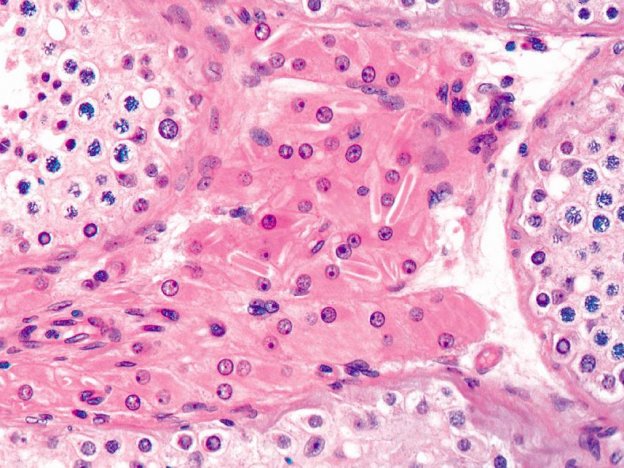The University of Southern California researchers have successfully created leydig cells from stem cells.
Vassilios Papadopoulos, the dean of the USC School of Pharmacy at the University of Southern California, is the lead researcher of a team responsible for transforming stem cells into fully-functioning Leydig cells. Leydig cells are responsible for producing testosterone in the testes.
The USC research team used Induced Pluripotent Stem Cells (iPS) derived from human skin and blood to grow the testosterone-producing human Leydig cells in the laboratory. The laboratory-created Leydig cells appeared identical to naturally-occurring Leydig cells when examined under a microscope.
Leydig cell transplantation could be a treatment option for men with low testosterone in a few years.
The procedure is a major breakthrough that could revolutionize the treatment of men with hypogonadism (low testosterone). Human transplantation of Leydig cells could replace the testosterone injections, patches and gels that are currently the mainstay of androgen replacement therapy.
Of course, the laboratory-created Leydig cells would have to be surgically transplanted into a patient’s testes to work. Papadopoulos cautions that human transplantation is still “a few years away”.
“Our study provides a way to generate possible transplantation materials for clinical therapies, as well as a path toward testing and developing new drugs,” Papadopoulos said.
The human transplantation of Leydig cells promises to offer a superior alternative to androgen replacement therapy.
The USC research team also included Lu Li, Yuchang Li, Chantal Sottas, Marine Culty, Yiman Hu and Garett Cheung. The USC team also collaborated with Jinjiang Fan of McGill University in Canada and Hector Chemes of the Buenos Aires Hospital de Ninos inArgentina.
The details of their research appeared in a paper titled “Directing differentiation of human induced pluripotent stem cells toward androgen-producing Leydig cells rather than adrenal cells” published by the Proceedings of the National Academy of Sciences (PNAS) on October 7, 2019.

